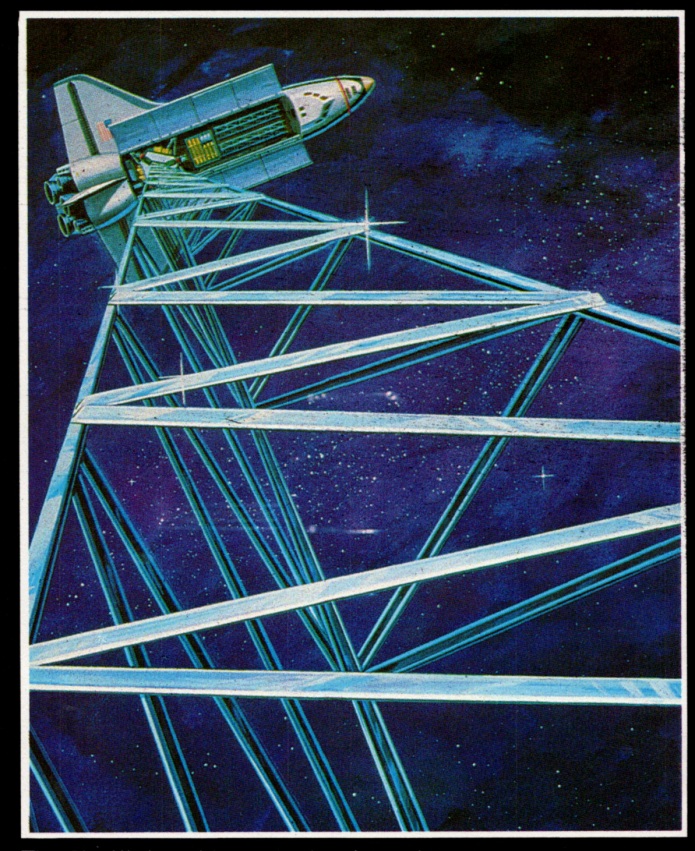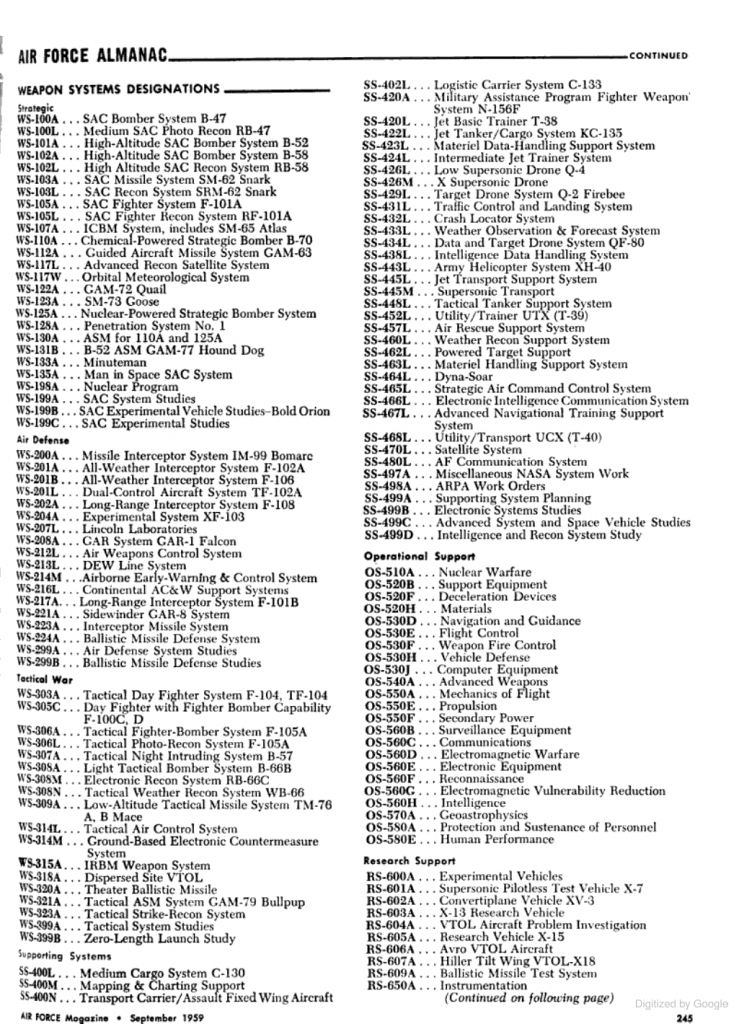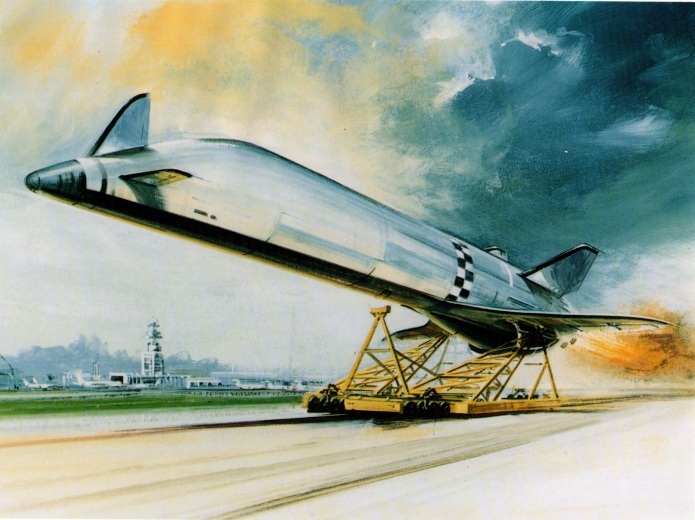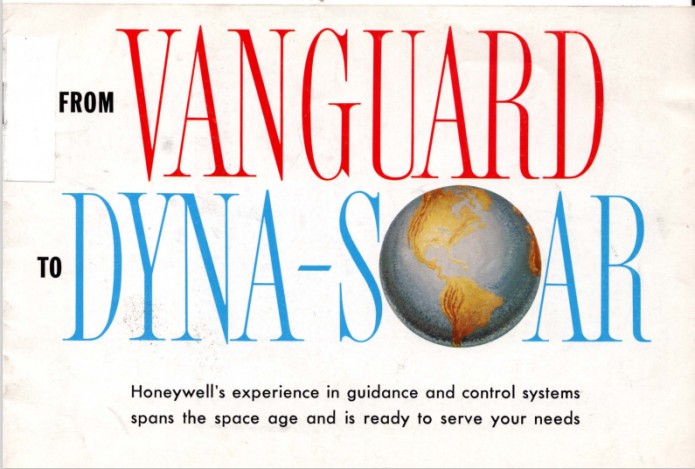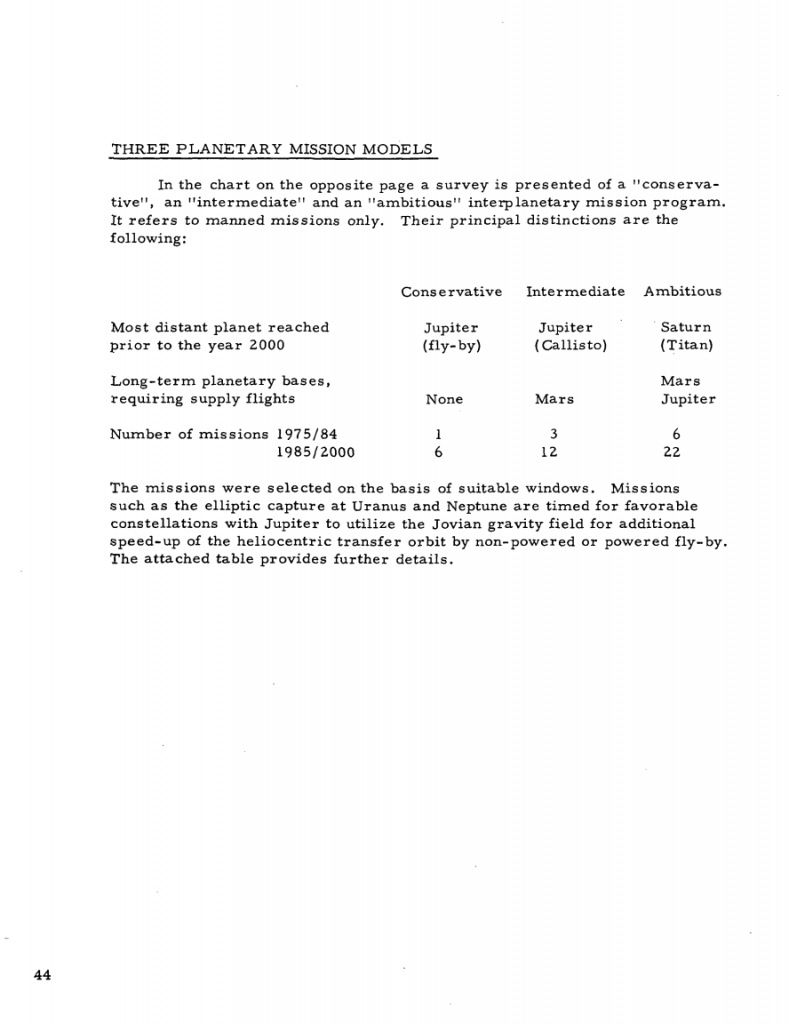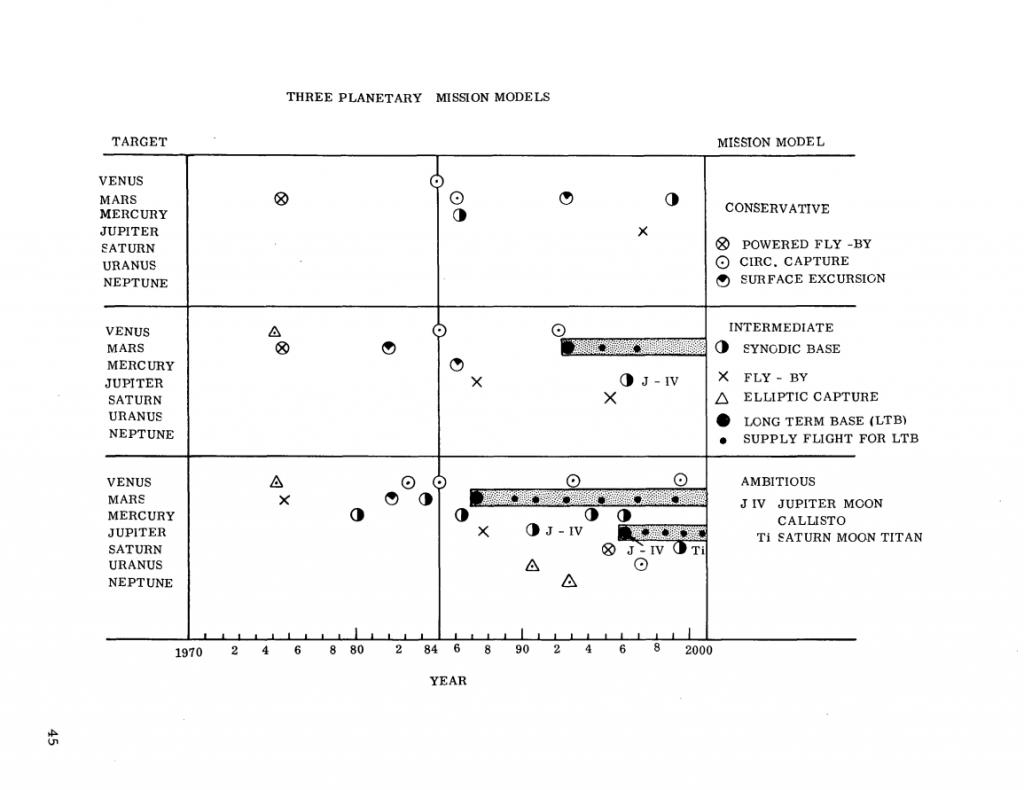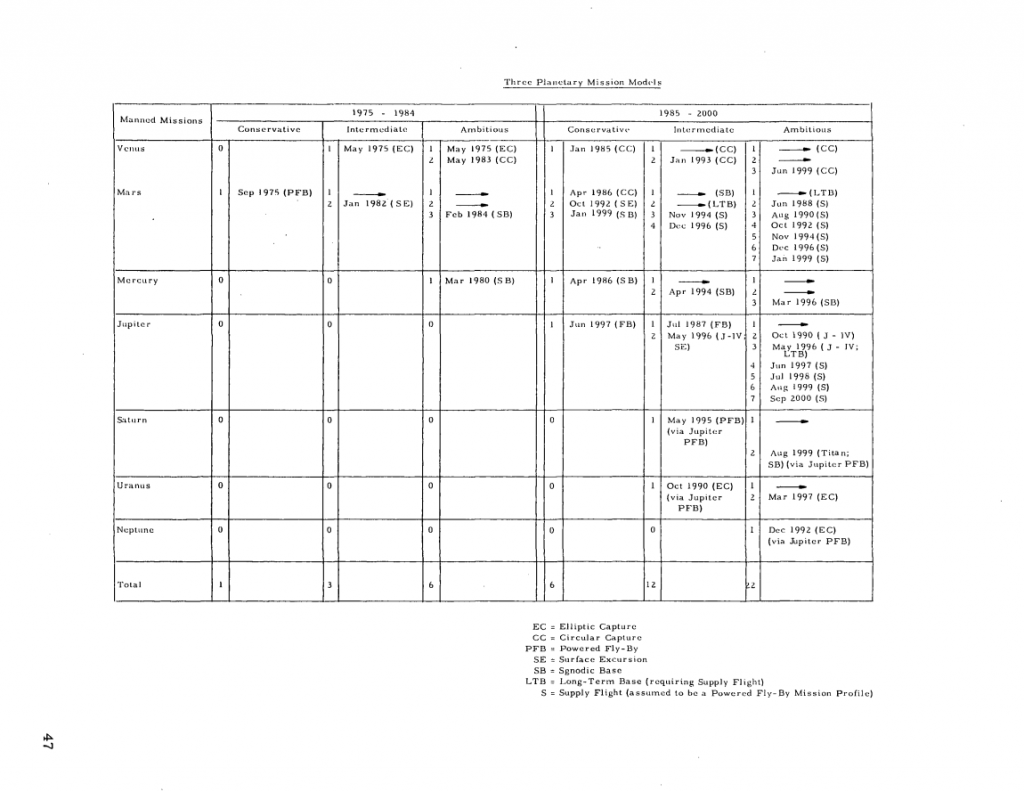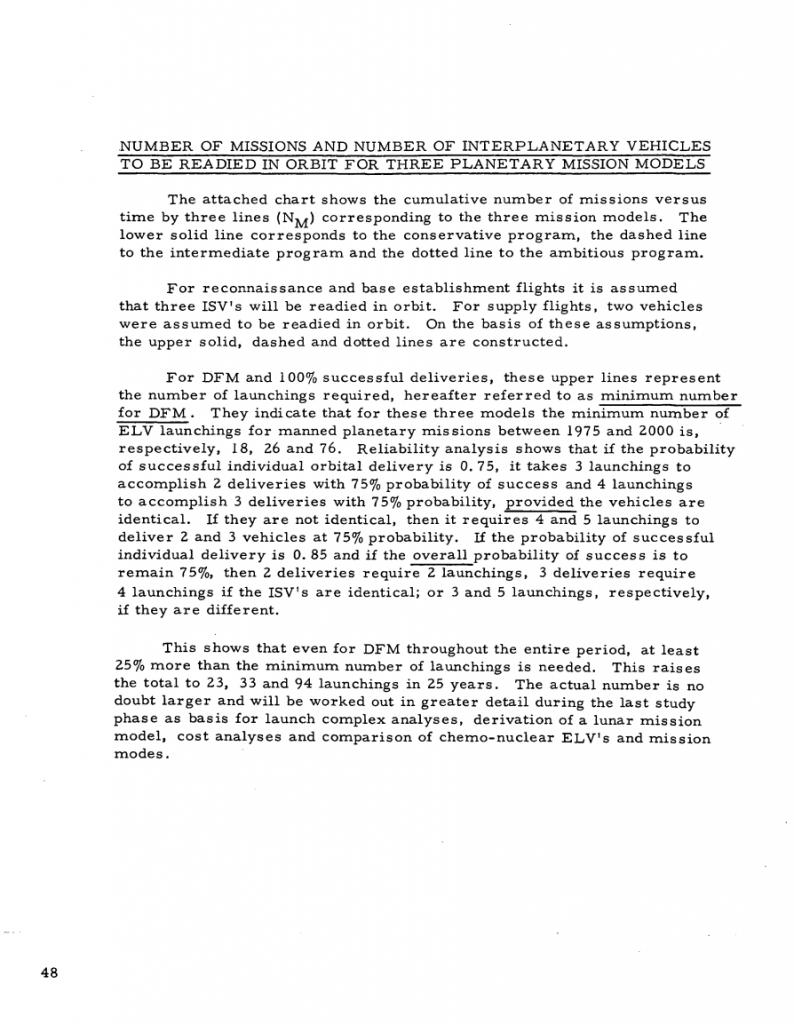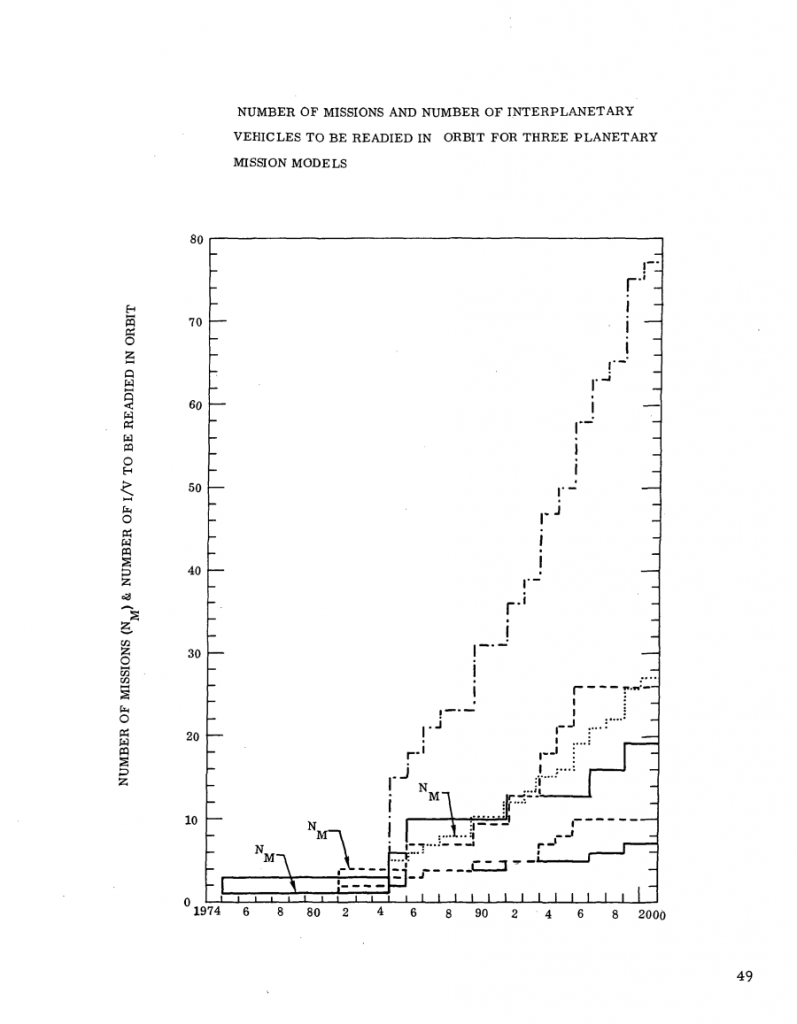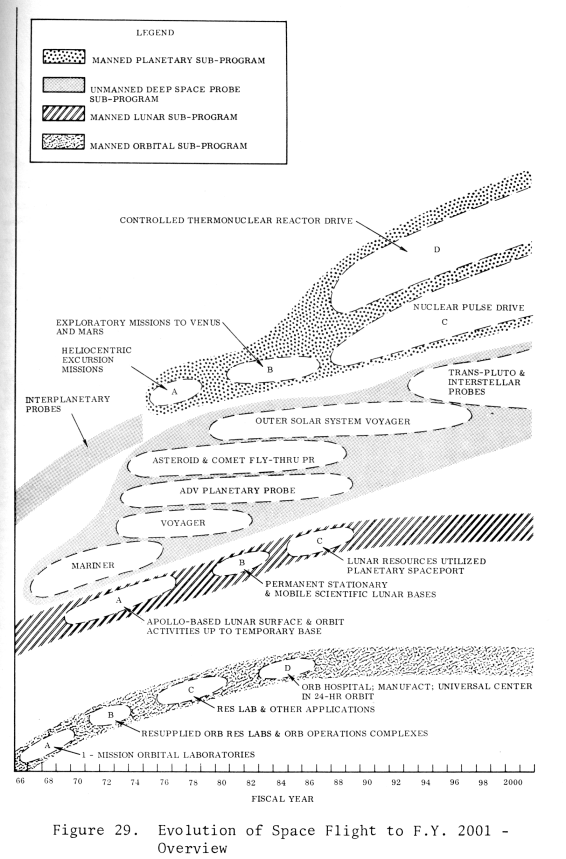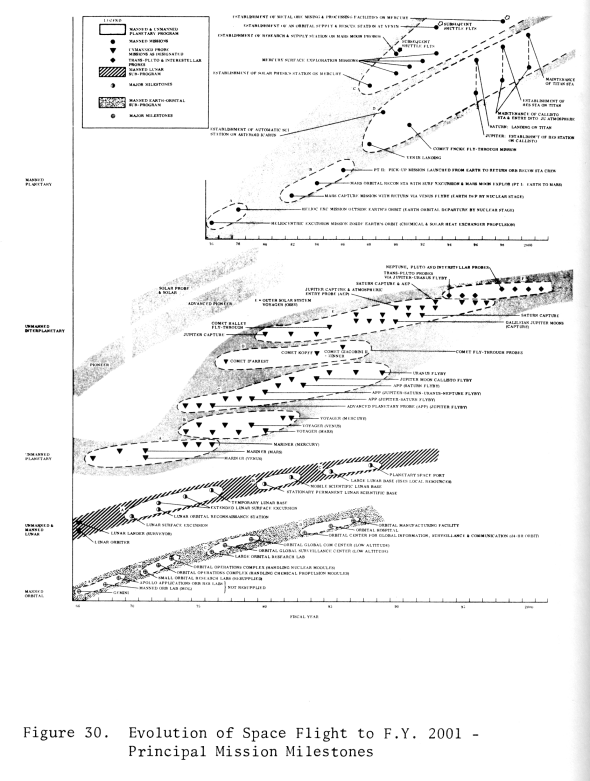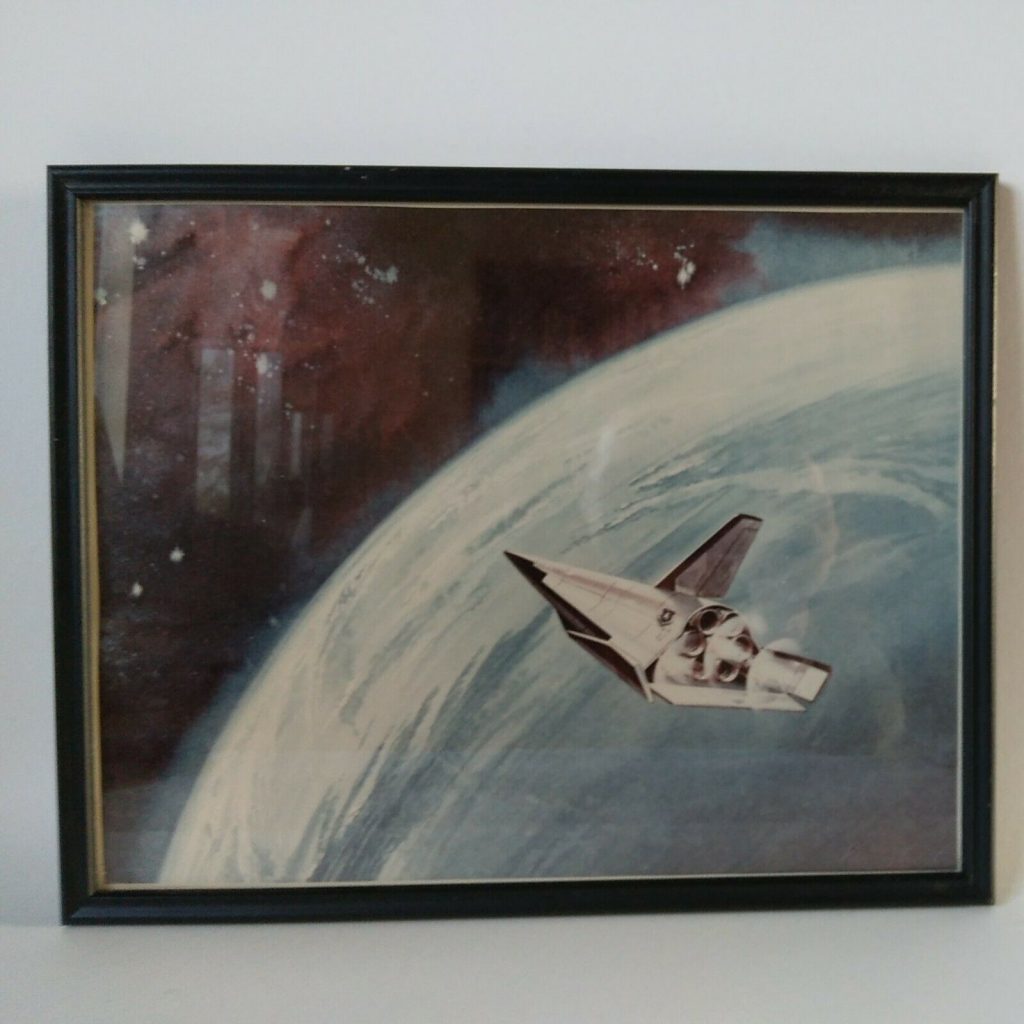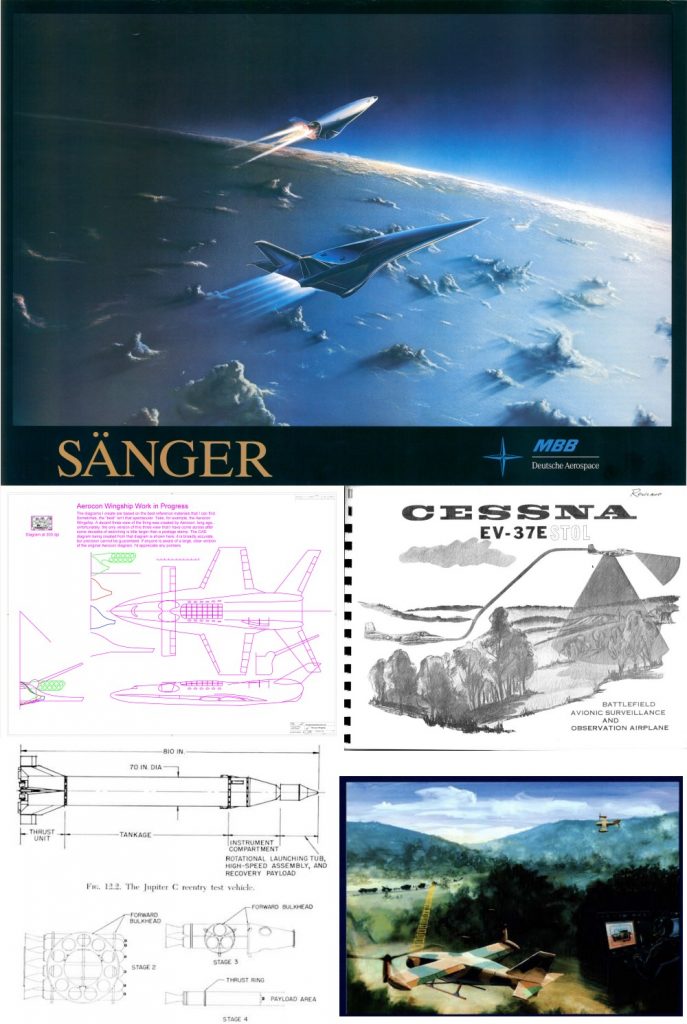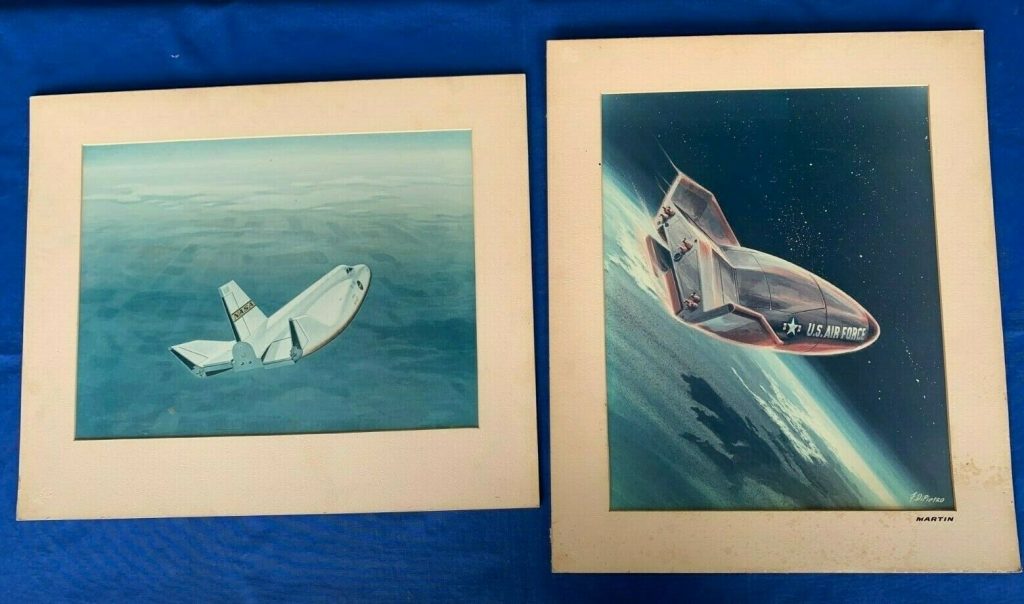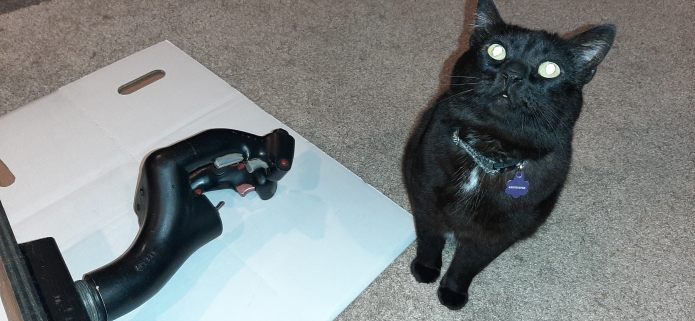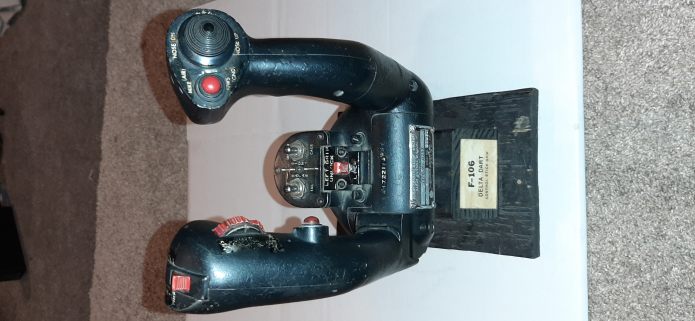Prior to Challenger, one piece of technology that was often touted as something that would be deployed by the Space Shuttle was the “beam builder.” This was a mechanism that would take rolls of aluminum “tape” a millimeter or less in thickness and automatically chop, bend, deploy and weld said aluminum into truss structure beams. These beams would be arbitrarily long… useful for building all manner of things, from space stations to radar satellites, on up to solar power satellites. The technology got fairly far along… but once Challenger exploded, the idea of actually using the shuttle to build vast constructs in space kinda vanished, with ISS being the only example of that. And in the case of ISS, very little actual “construction” was carried out, instead the ISS was simply assembled, with parts like the solar panels deploying rather than being built.
But while it lasted, beam builders featured in a lot of concept art, such as the one below depicting a beam being extruded from the Beam Builder in the rear of the Shuttle cargo bay. Irritatingly, I’ve misplaced the book I scanned this from and cannot immediately confirm who to credit it to.
